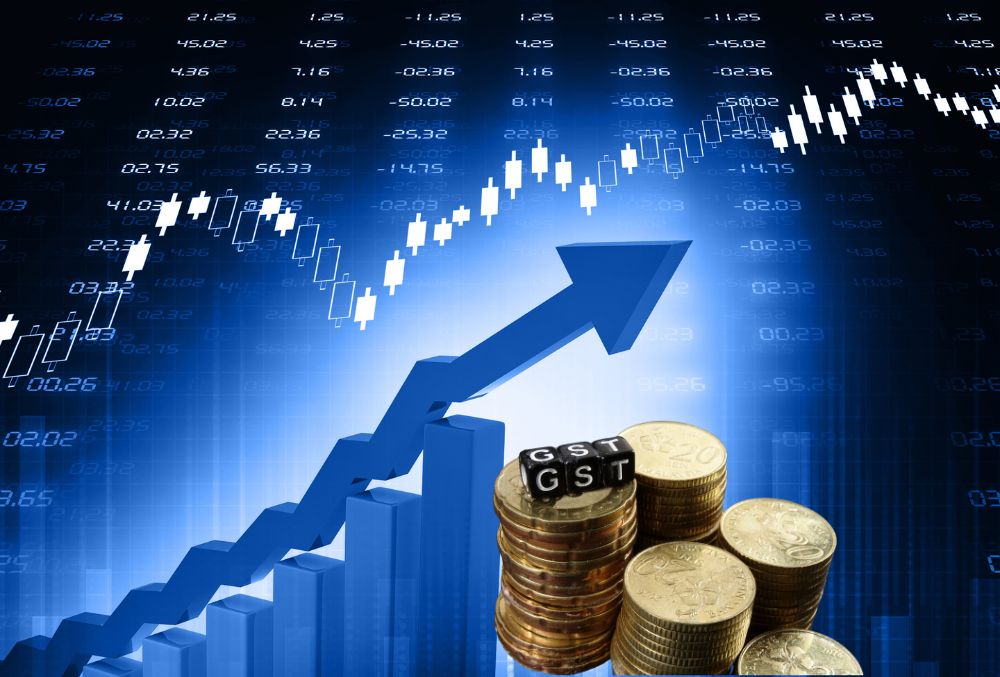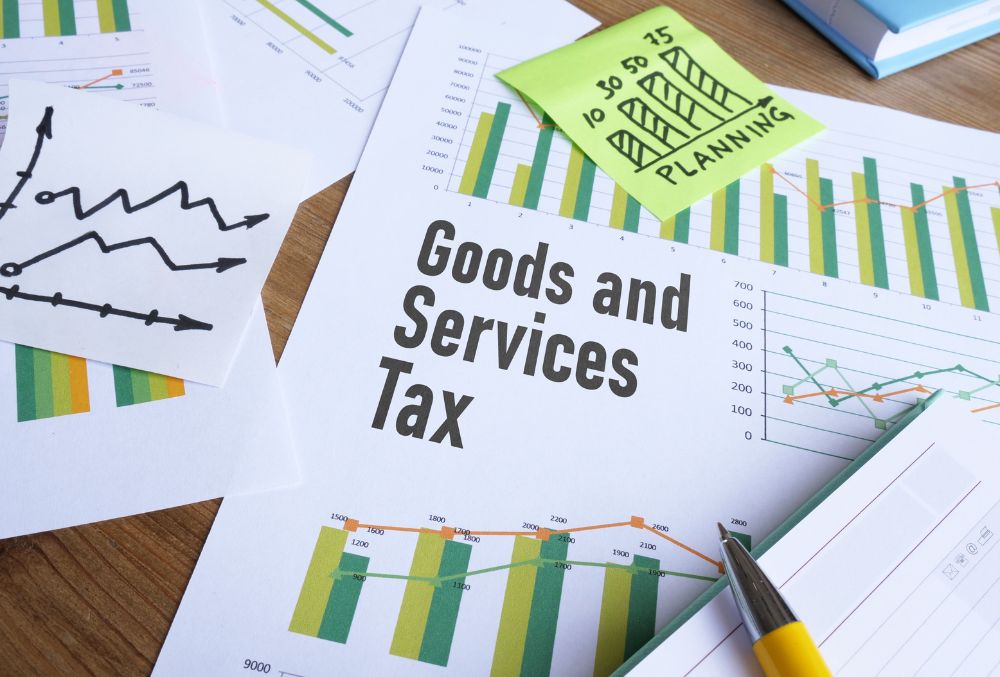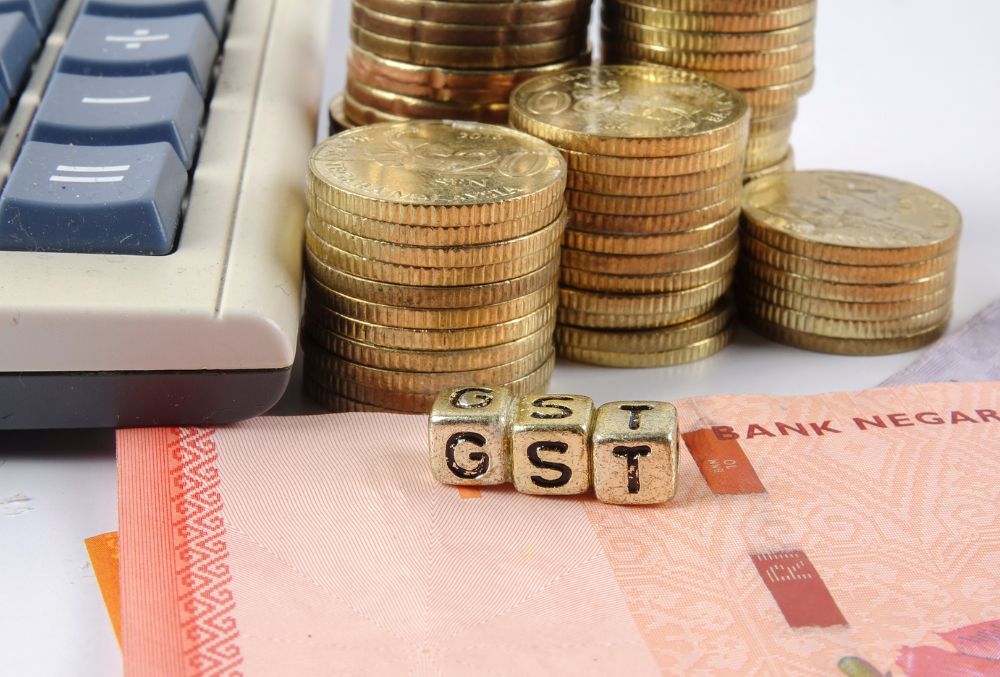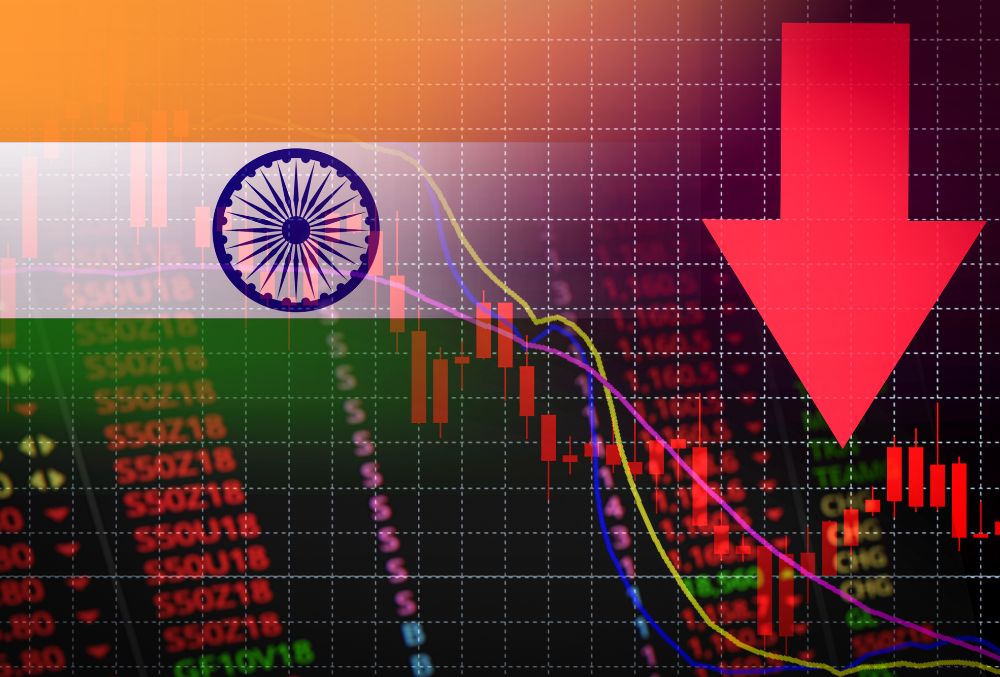The Goods and Services Tax (GST) plays a crucial role in India’s tax system, affecting different sectors of the economy. An intriguing trend that has emerged in recent years is the link between the increase in GST collection and the fluctuations in the stock market. This article will examine the complexities of this correlation, investigating the contributing factors, the obstacles encountered, and possible strategies to improve comprehension and utilize this association for gaining economic perspectives.
Understanding the Relationship
The GST collection in India is an indicator of economic activity and consumer spending, reflecting the overall economic health. On the other hand, the stock market is affected by various factors such as corporate earnings, investor sentiment, global signals, and government policies. The relationship between increasing GST collection and stock market fluctuations gives us a peek into the wider economic scenario, providing important information about market patterns, investor trust, and prospects for economic growth.
Challenges Faced
1. Data Interpretation: Analyzing and making sense of the data related to the increasing GST collection and the fluctuations in the stock market can be challenging, as it demands a thorough comprehension of economic indicators, market behavior, and changes in regulations.
2. Volatility and Uncertainty: The GST collection and stock market both show volatility and fluctuations, which makes it difficult to establish a reliable correlation and predict market behavior using only incremental GST data.
3. External Factors: External factors such as geopolitical events, global economic trends, and regulatory changes can impact both GST collection and stock market movement, adding complexity to the relationship between the two.
4. Data Accuracy and Timeliness: It is essential to maintain the precision and promptness of GST collection data and stock market indicators to perform thorough analysis and make dependable inferences about their relationship.
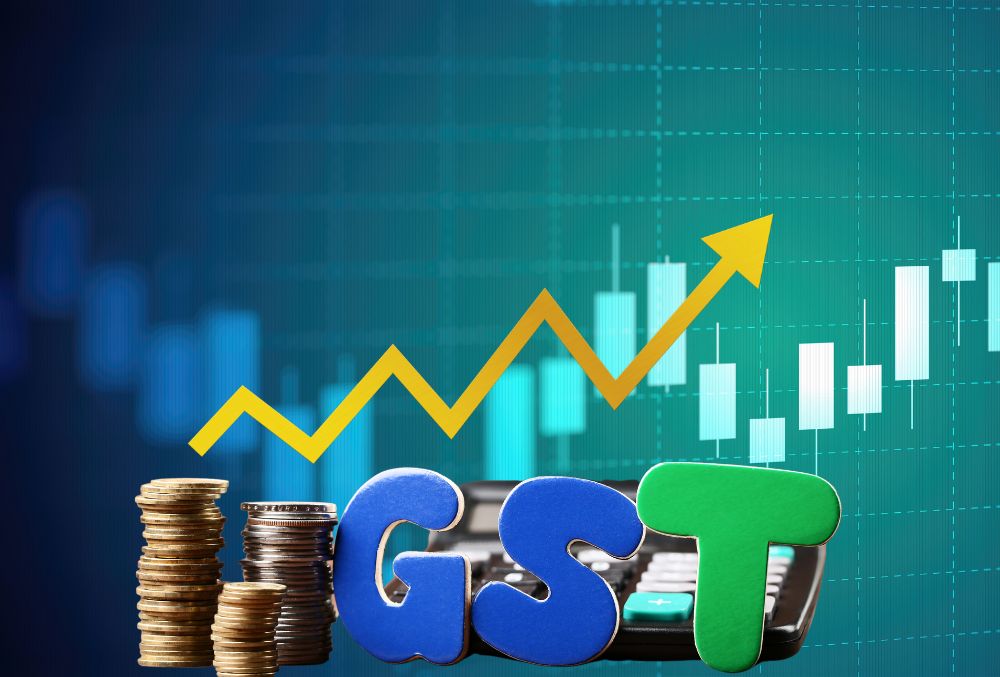
Solutions to Enhance Understanding and Leverage the Relationship
1. Data Analytics and Modeling: Employing advanced data analytics tools and modeling techniques can help extract valuable insights from incremental GST collection data and stock market indicators, enabling a deeper understanding of their relationship and predictive capabilities.
2. Sectoral Analysis: Conducting sectoral analysis to identify trends and patterns in GST collection data and stock market performance within specific industries can provide valuable insights into the impact of GST reforms on sectoral dynamics and market sentiment.
3. Economic Research and Collaboration: Collaborating with economic research institutions, industry experts, and market analysts can enrich the analysis of incremental GST collection and stock market movement, fostering a holistic understanding of their intertwined dynamics.
4. Policy Reforms and Market Stability Measures: Enacting policy changes that support stability in the market, transparency, and trust from investors can have a positive impact on both GST collection patterns and the performance of the stock market. This creates a favorable climate for economic growth and investment.

Conclusion:
The relationship between incremental GST collection and the movement of the stock market in India is a fascinating area of study that offers unique insights into the interconnectedness of economic indicators and market dynamics. By addressing the challenges faced in analyzing this relationship and leveraging data-driven strategies and collaborative efforts, policymakers, economists, and investors can enhance their understanding of market trends, make informed decisions, and contribute to fostering a robust and resilient economic ecosystem in India. As the regulatory and market landscape continues to evolve, recognizing and harnessing the correlation between GST collection and stock market movement can offer valuable insights and opportunities for growth and development in the Indian economy.
